We may earn money or products from the companies mentioned in this post. This means if you click on the link and purchase the item, I will receive a small commission at no extra cost to you ... you're just helping re-supply our family's travel fund.
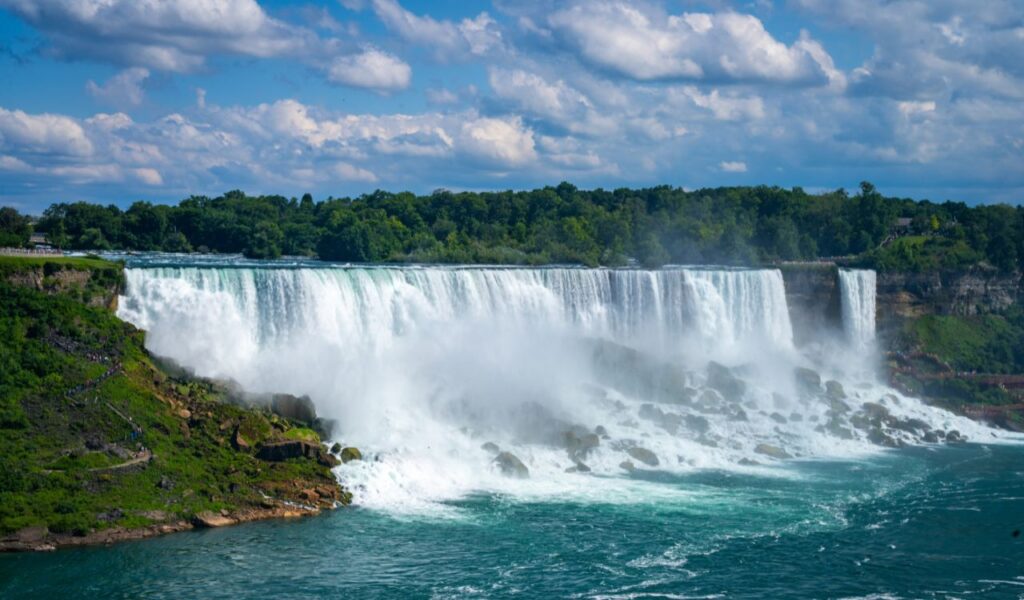
Here’s a fresh way to chase waterfall wonder without lacing up hiking boots: drive, park, and step into the mist. From desert cataracts that thunder to life after storms to alpine giants pouring off granite walls, these picks are towering in height or scale and effortlessly reachable from the road. Think short, marked paths to official overlooks, year-round icons alongside seasonal showstoppers, and a couple of delightful curveballs. Ready to roll the windows down and let the roar take over?
Niagara Falls, New York
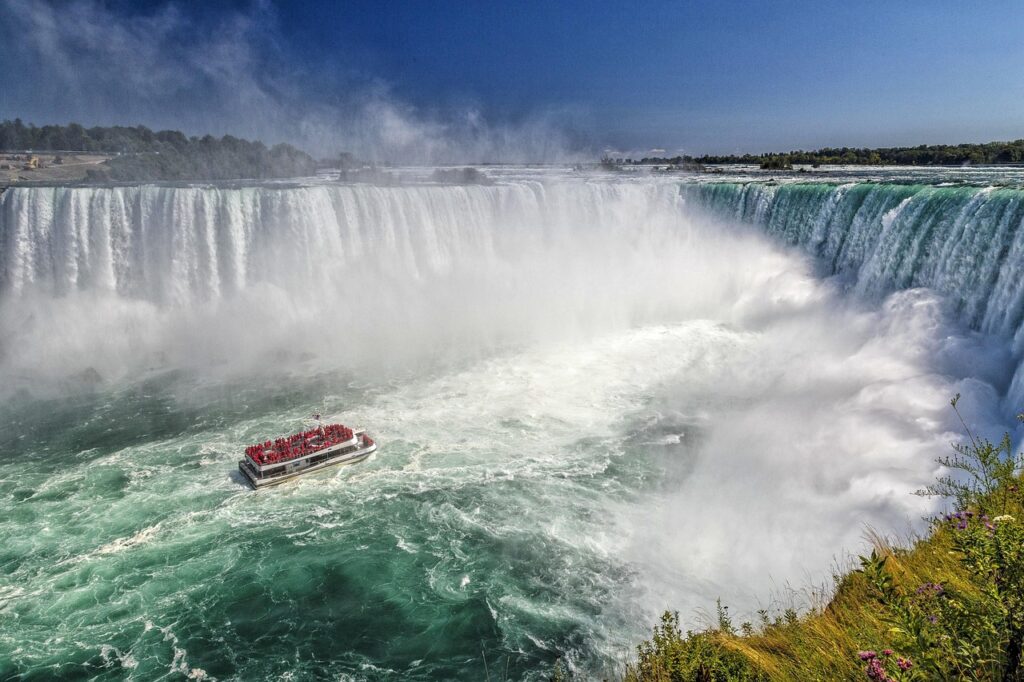
A continental icon where, at peak flows, millions of cubic feet of water thunder over the brink each minute, Niagara offers instant drama from drivable, well‑signed state‑park overlooks. Formed by Ice Age meltwater carving the Niagara Escarpment, it’s also America’s oldest state park, protected since 1885. The American and Bridal Veil Falls deliver spray‑soaked viewpoints within steps, with seasonal character from crystalline winter ice to rainbowed summer mist.
Multnomah Falls, Oregon
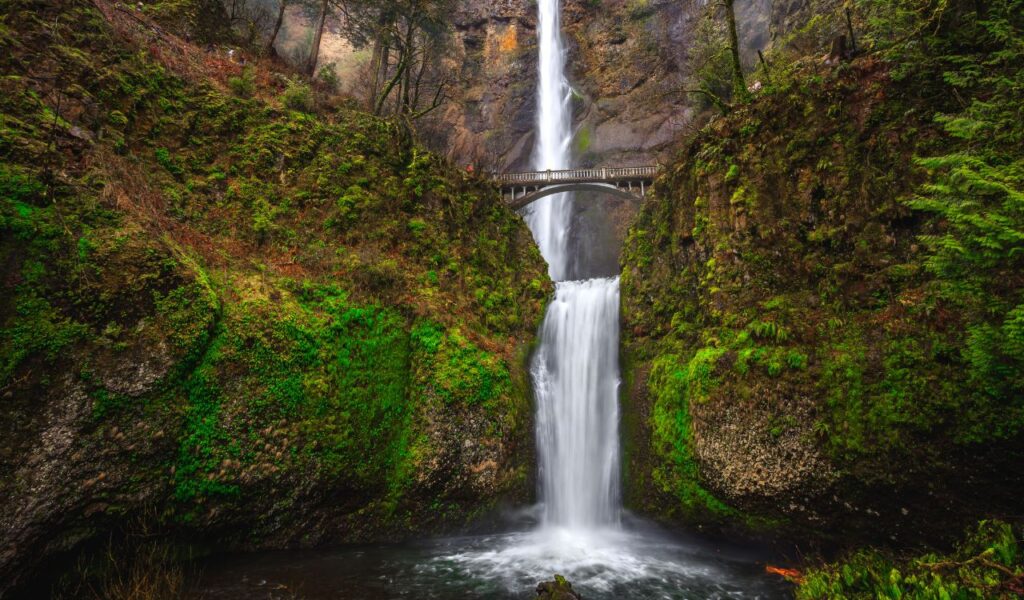
Soaring 620 feet in two tiers, Multnomah is the Columbia River Gorge’s poster child and remarkably accessible. Park and stroll a short, paved path to the Benson Bridge, poised between tiers for a cinematic perch. Fed by underground springs and winter rains, it flows year‑round, often peaking in late winter and spring. Basalt amphitheaters, mossy firs, and ever‑shifting mist make it as photogenic on stormy days as under blue skies.
Yosemite Falls (Lower View), California

Drive the valley floor and take a brief, paved loop to stand at the foot of North America’s tallest waterfall system when snowmelt surges. The trio Upper, Middle Cascades, and Lower reaches about 2,425 feet in total drop, with granite walls amplifying the roar. Peak flows typically occur in late spring, when wind and mist create ephemeral rainbows. Even at lower summer volumes, the amphitheater setting remains staggering and elemental.
Shoshone Falls, Idaho
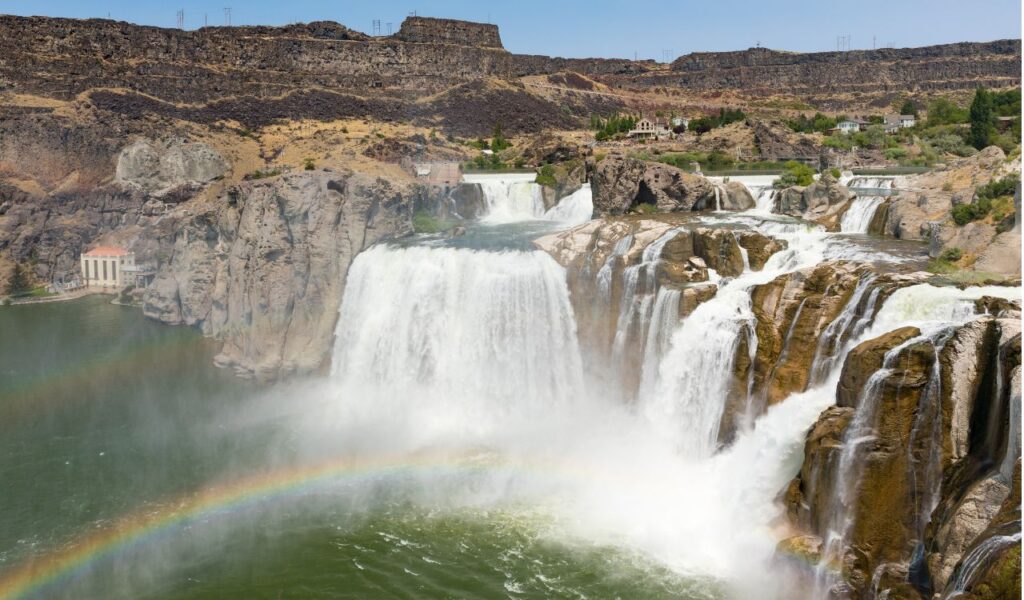
Nicknamed the “Niagara of the West,” Shoshone spreads 900 feet wide and drops 212 feet into the Snake River Canyon. Drive‑up city park overlooks reveal a sprawling mosaic of ledges, side plumes, and froth that crescendos in spring during irrigation releases and snowmelt. The contrast of desert plateau, black basalt, and thundering whitewater delivers a rare sense of width‑as‑wonder that rivals vertical titans.
Grand Falls, Arizona
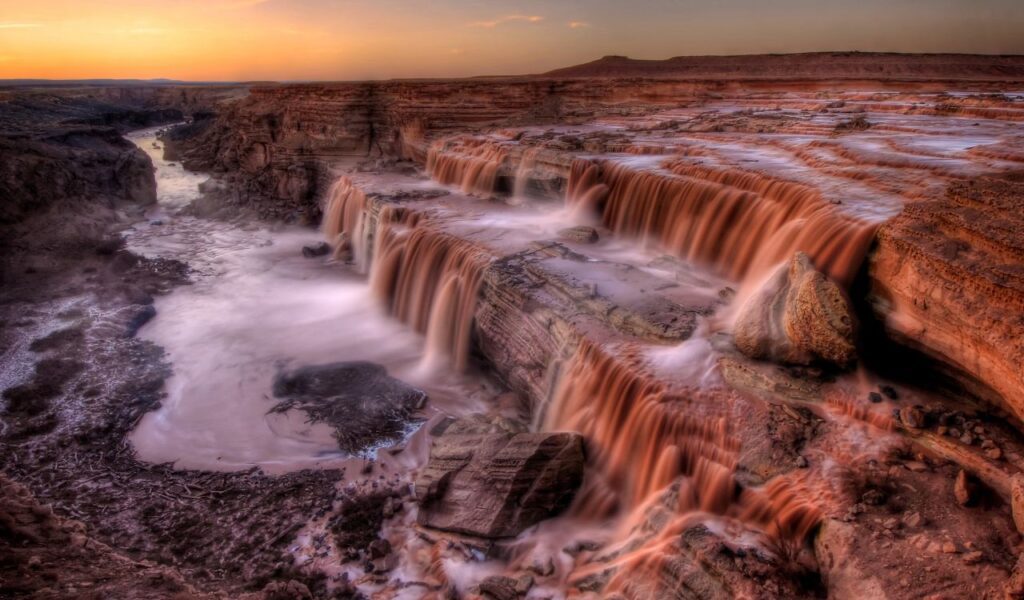
When snowmelt or monsoon storms charge the Little Colorado, this terraced cataract becomes a roaring “Chocolate Falls,” staining the desert air with cocoa‑colored mist. Rim viewpoints are reached by driving rough, typically dry roads across the Navajo Nation (check conditions and permissions), and the payoff is otherworldly layered drops thundering through pink‑and‑tan badlands in a spectacle that exists only in pulse events.
Lower Yellowstone Falls, Wyoming
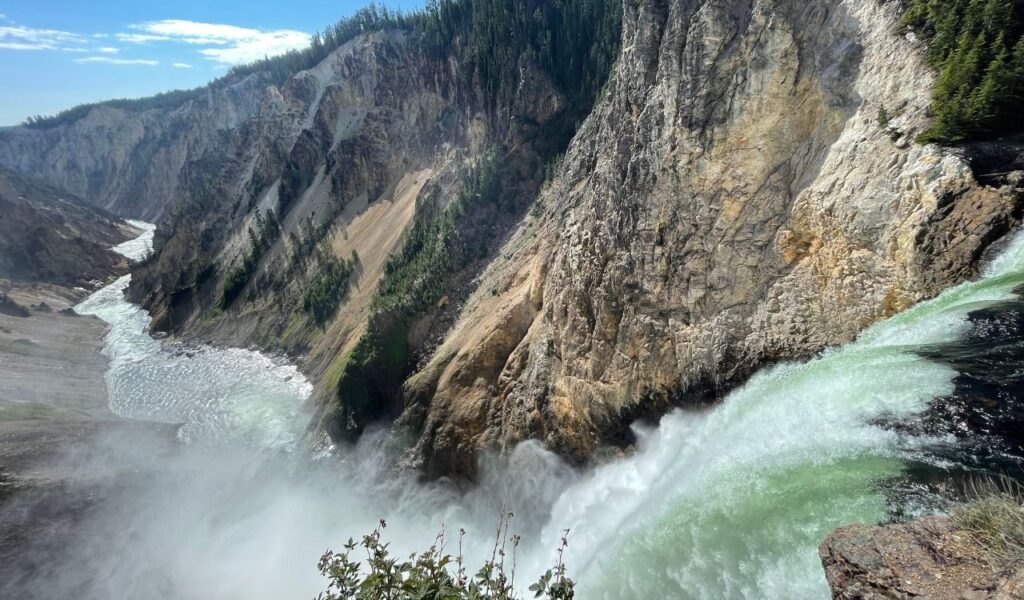
A 308‑foot green‑and‑white torrent plunges into the Grand Canyon of the Yellowstone, where drive‑up overlooks frame saffron and rust‑streaked walls against the river’s emerald churn. Short, signed paths lead to different perspectives, from sweeping panoramas to mist‑laced platforms. It’s a masterclass in volcanic geology and erosive power, grand in every sense, and one of the easiest instant‑impact stops in the park.
Snoqualmie Falls, Washington

Just a short drive from Seattle, Snoqualmie’s 268‑foot drop sends spray billowing above a forested gorge, with upper and lower viewpoints steps from parking. On sunny days, the plume paints rainbows; during winter spates, the entire lip becomes a single, muscular sheet. Deep cultural significance to the Snoqualmie people adds resonance to a visit that’s both effortless and elemental.
Ruby Falls, Tennessee
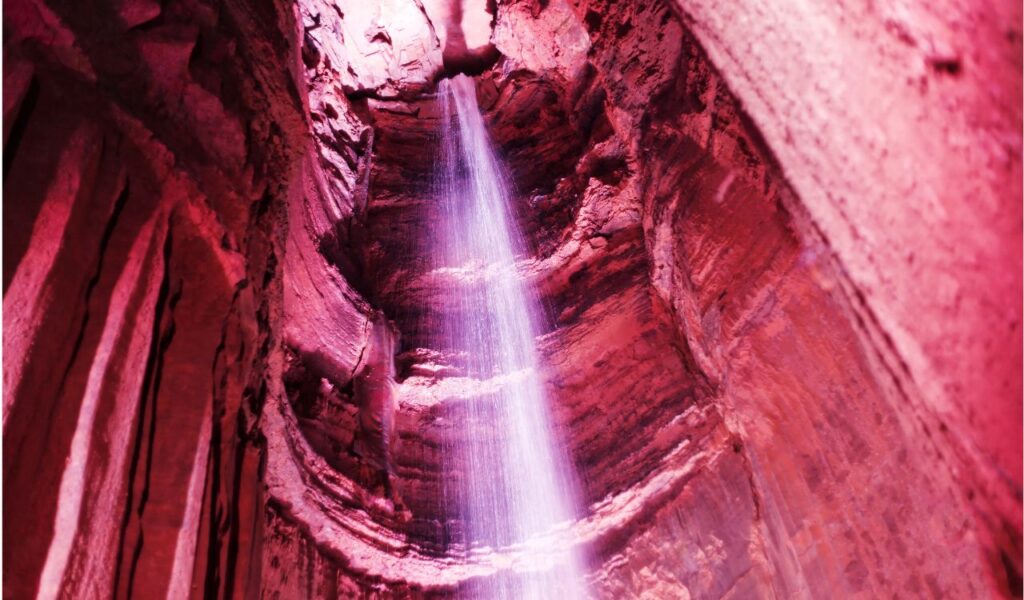
A twist on “drive right up”: park at Lookout Mountain’s visitor complex, then descend by elevator into a cathedral‑like cavern where a 145‑foot underground waterfall appears in a sudden, theatrical reveal. Discovered in 1928, it blends geology lesson with showmanship, calcite drapery, echoing chambers, and a free‑falling column lit to emphasize motion. It’s pure wonder with zero hiking, and a uniquely American roadside marvel.